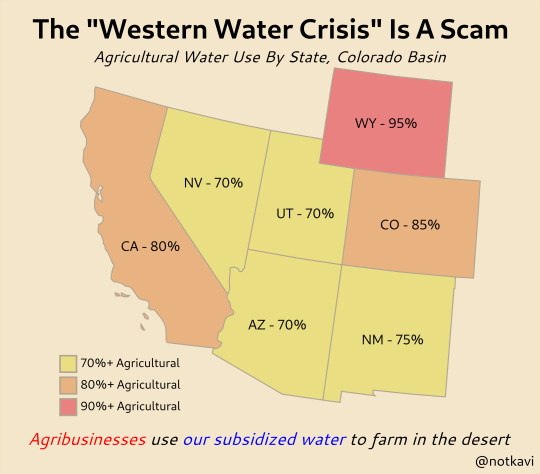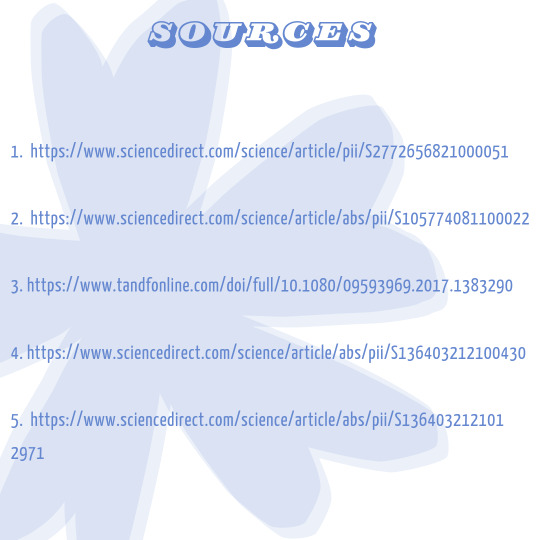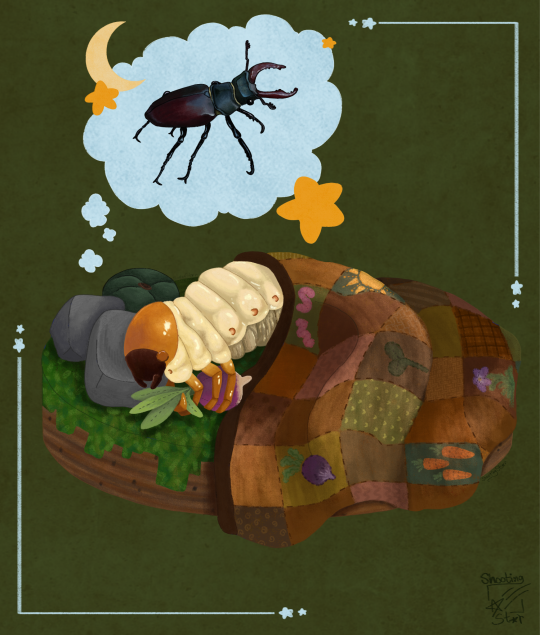#water use
Text
Farmers in one family, the Abattis, used an estimated 260,000 acre-feet, more water than the entire Las Vegas metropolitan area uses. One acre-foot is about 326,000 gallons.
The bulk of water use is devoted to producing hay to feed livestock.
55 notes
·
View notes
Text

Disaster capitalism has taken many forms in different contexts. In New Orleans after Hurricane Katrina in 2005, there was an immediate move to replace public schools with charter schools, and to bulldoze public housing projects to make way for gentrifying townhouses. In Puerto Rico after Hurricane Maria in 2017, the public schools were once again under siege, and there was a push to privatize the electricity grid before the storm had made landfall. In Thailand and Sri Lanka after the 2004 tsunami, valuable beachfront land, previously stewarded by small-scale fishers and farmers, was seized by real estate developers while their rightful occupants were stuck in evacuation camps.
It’s always a little different, which is why some Native Hawaiians have taken to calling their unique version by a slightly different term: plantation disaster capitalism. It’s a name that speaks to contemporary forms of neocolonialism and climate profiteering, like the real estate agents who have been cold-calling Lahaina residents who have lost everything to the fire and prodding them to sell their ancestral lands rather than wait for compensation. But it also places these moves inside the long and ongoing history of settler colonial resource theft and trickery, making clear that while disaster capitalism might have some modern disguises, it’s a very old tactic. A tactic that Native Hawaiians have a great deal of experience resisting.
#maui wildfires#hawaiʻi#water use#capitalism#real estate development#profiteering#disaster capitalism#colonialism#natural resources
122 notes
·
View notes
Text

Large mammals such as elephants, whales, and tigers tend to get a disproportionate amount of attention when it comes to conservation. Birds and beneficial insects are often overlooked.
Northern Ontario residents are building bee hotels to attract them and to encourage them to produce more bees.
Bee my guest: Northerners build hotels for pollinators as spring unfolds
Lawns are one of the worst things for pollinators and birds. They encourage wasteful water practices and unnecessary chemical use.
Michael Pollan put it best...
"A lawn is nature under totalitarian rule."
It's time to help our airborne friends and overthrow the tyranny of lawns.
youtube
Natural looking green space may require a bit more effort at the start of the growing season but is a lot less work from week to week. It's worth it just to get rid of the noise pollution and fumes from lawn mowers.
Get your local municipal governments interested in supporting nature-friendly and climate-friendly landscaping practices.
#birds#bees#nature#bee hotels#north ontario#herbicides#pesticides#lawns#conservation#water use#nature under totalitarian rule#michael pollan#kill your lawn#monte wolverton
102 notes
·
View notes
Quote
Textile consumption causes the third largest land use and water use in the value chain, and the fifth largest material resource use and greenhouse gas emissions. Also, textiles cause pressures and impacts from their chemicals on the environment and climate. Textiles are on average “the fourth-highest source of pressure on the environment and climate change from a European consumption perspective,” the European Environment Agency (EEA) reported.
Baher Kamal, ‘Europe Sells to Africa and Asia 90% of Its Used Clothes, Textiles Waste’, Inter Press Service
#Inter Press Service#Baher Kamal#Textile consumption#land use#water use#material resource use#greenhouse gas emissions#Textiles#source of pressure on the environment and climate change#European Environment Agency
3 notes
·
View notes
Text
The "Western Water Crisis" Is A Scam

3 notes
·
View notes
Link
Excerpt from this story from the LA Times:
As California fast approaches what is likely to be a fourth year of punishing drought, residents are being asked to cut their water use to historic lows. But while city dwellers are rising to the occasion — including record reductions in Los Angeles in August — urban consumption still represents only a small fraction of total water use in the state.
Where the rest of it goes depends on whom you ask. The California Department of Water Resources says 50% of the state’s water goes toward environmental purposes, 40% toward agriculture and 10% toward urban areas.
But experts say that calculation tells only part of the story, especially because the environment’s share tends to shrink dramatically during dry years. Instead, a clearer picture begins to emerge when you consider water designated for domestic and business use. Of that, 80% goes toward agriculture and 20% toward urban areas.
While agriculture’s share may seem outsized to some urban residents being asked to let their lawns go brown, experts say the sector is also dealing with cuts, shortages and shifts brought on by drought and climate change, even as it continues to play a major role in feeding the state and nation. California’s environment, however, is often overlooked in the noisy debate over urban and agricultural water use, as its constituents — plants, animals, rivers and aquifers — have little voice in the matter.
The 50-40-10 breakdown “is misleading,” said Peter Gleick, co-founder and senior fellow of the Pacific Institute. “Because first of all, it implies that we, as a society, have made a decision to give half of the water to the environment. When what’s in fact the reality is that we have taken 50% of the water from the environment. The environment used to have it all.”
That’s not to say environmental water doesn’t still play an important role in California. Each year, the state’s water managers are tasked with doling out enough supplies to maintain the state’s scenic rivers, managed wetlands and wildlife habitats as well as the salinity of sources used by farms and cities.
But the accounting system is based on a normal year, and in California, those are increasingly rare. When the state faces dry conditions, the environment is among the first to take a hit, and that can have harsh consequences for wildlife.
5 notes
·
View notes
Text







~
We want to help you with healthier consumption! If you want trustful sources - use Google Scholar! That's the scientific side of Google :)
#help#global care centre#globalcare#global#care#centre#consumption#health#healthcare#healthy lifestyle#info#information#informative#comfort#love#water use#eat healthy#thrifting#household#bioenergy
0 notes
Text
I’m sorry if I was in any version of the pjo universe I would’ve clocked that Percy was the son of Poseidon as soon as the bathroom incident occurred. Tf you mean “I wonder who your dad is” he EXPLODED A TOILET. Chiron this is the second water incident you have witnessed how are you still confused
#percy jackson series#pjo#percy jackson books#percy jackson#chiron#I’m vaguely joking here#but also….#if you know this kid has a god as a father#and he has used water to attack#and has remained dry afterwards#I feel like I would’ve gotten it by that point
19K notes
·
View notes
Text
Learn about responsible water use from a surprising source – a chatty water droplet named Splashy! His unique advice highlights how daily actions can impact water conservation. Recommendations underscore the importance of mindful water usage in all settings.
0 notes
Text
The amount of times I get bored and start researching random things.
Today's rabbit hole was pools.
Not only do we bio and salt chlorine pools figured out, but they are cheaper AND more hygienic AND more accessible to people with skin conditions??? They use less energy, are way less destructive, and save water?? They're healthier for skin/hair and the salt chlorine pools have low enough concentrations to avoid irritation??
Also also a lot of these pools are more durable and lower maintenance. Why are we not using these?
And the ada apparently has an entire thing on pools, detailing accessibility minimums with extremely specific guide measurements and suggestions, including stuff that just round the board improves basic safety like not putting sharp corners on stairs, and I guess nobody uses this because I've seen a pool lift maybe twice in my life
I feel robbed by american pools right now
#Pools#accessibility#sustainability#pool#swimming pool#Swimming pools#Spas#Hotels#Resorts#public spaces#Gyms#Public pools#Accessible pools#sustainable pools#sustainable practices#Water use#Water waste
0 notes
Note
Why does meat use so much water?
It is mainly because of the enormous amounts of feed that farmed animals need before they reach slaughter weight, which has a far higher water input requirement per calorie produced than just growing food for humans directly. When you consider the sheer scale of animal production, it's easy to see how this all adds to an enormous water requirement.
In fact, the consumption of animal products contributes to more than one-quarter of all human water use. Dairy is much more water intensive than any plant milk, despite the fuss that is made about almonds, and store bought meat is worse than just about any plant-based alternative you would reasonably replace it with. Here are some good resources if you want to learn more about this:
Animal agriculture water usage report
Bioscience report on animal agriculture water resource use
WFW comparison of plant and animal products
Science Direct – Feed/food ratio animal agriculture analysis
Water footprint analysis animal products
Water footprint human consumption and water use
Water use by livestock: A global perspective
CIWF: Inefficiency of animal agriculture
170 notes
·
View notes
Text
The Biblically Accurate Trio in TLT

#it’s not that they don’t have the other two it’s that they all had their smarts privileges revoked#Annabeth lost her street smarts and common sense privileges when she tried to buy all that candy with only $200#Percy lost his common sense and book smarts privileges when he couldn’t figure out he was a son of Poseidon after using literal water powers#grover lost his book smarts and street smarts privileges after trying to reason with Medusa and a cop respectively#they’re all my children tho#don’t worry they’ll get their privileges back#eventually#percy jackson#pjo#percy jackon and the olympians#percy jackson and the olympians#pjo tv show#percy jackson tv show#pjo spoilers#percy jackson the lightning thief#pjo series#annabeth chase#grover underwood
16K notes
·
View notes
Text

Sweet Beetle Dreams
Inspired by @pangur-and-grim new grub and @dimespin comment on this post!
#star's art#my art#artist on tumblr#bug art#Grub#Beetle#Smooth stag beetle#Insect#nature illustration#cozy aesthetic#Thank you khrysteen for the suggestion of a turnip plushie#Oh I also used the photo of Pangur's free suprise grub as the reference#Cause they looked so snuggled#I'm really really proud of this piece#Absolutely blew myself out of the water with the grub and beetle rendering
5K notes
·
View notes
Text
As a result, the water-use efficiencies of CAM plants are among the highest measured.
"Plant Physiology and Development" int'l 6e - Taiz, L., Zeiger, E., Møller, I.M., Murphy, A.
#book quote#plant physiology and development#nonfiction#textbook#water use#water efficient#cam plants
0 notes
Text
there are so many amazing and powerful benders in atla but what i love about zuko is that whether or not he can use his bending in that moment has zero (0) bearing on how much he’s going to absolutely kick your ass. no bending? that’s fine - he’s got swords. no swords or bending? that’s fine - he’s literally just going to beat you up. if you’re REALLY unlucky then you get all three. as a treat.
#like he’s surrounded by these amazing benders.#azula who’s a prodigy#the literal avatar#katara who mastered water bending in like -3 days#(literally iconic of her tbh)#and zuko IS a great firebender (his abilities as a firebender improve as his story progresses)#but it just absolutely cracks me up when i remember zuko will just. not use his bending sometimes#anyway zuko alone fight was special bc he really said i will use all three bc ur special 🤭#zuko#avatar the last airbender#avatar: the last airbender#atla#jack talks#where’s that post that’s like zuko is a prodigy but his special skill is breaking and entering and he can’t tell anyone about that
3K notes
·
View notes
Text
I can't believe people would slander ocean sunfish for having a lot of parasites. Uh, hello?? Every animal in nature has parasites dipshit, it came free with living in an ecosystem
#aquatic ecosystems are filled with parasites!! they get transmitted super easy thanks to the. you know. water#fish have sooooooo many parasites you have no idea! so many varied groups! its actually mega cool. they teach us a lot about the ecosystem#anyway. ocean sunfishes are awesome if you hate them youve been fed propaganda (unless an ocean sunfish murdered your family)#sunfish#ocean sunfish
7K notes
·
View notes